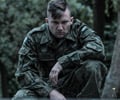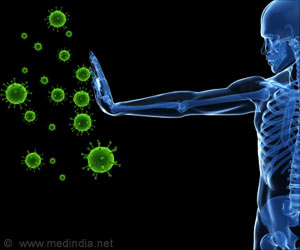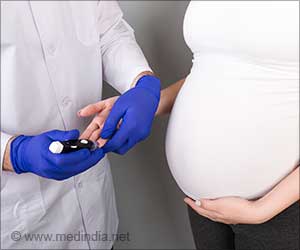Bio Ware, a novel device, has shown significant improvements in in-vivo exposure therapy treatment for post-traumatic stress disorder patients.
- Prolonged exposure therapy is a common, evidence-based therapy for patients suffering from post-traumatic stress disorder (PTSD)
- A novel device called Bio Ware, designed by a medical device company Zeriscope, enhances the effects of prolonged exposure therapy
- This device has shown to benefit patients when utilized in conjunction with evidence-based, exposure treatment approaches for PTSD
Treatment of Post-Traumatic Stress Disorder
According to the National Institutes of Health, PTSD can affect anyone at any age, and treatment options include drugs as well as therapy. MUSC Health researchers recently published a paper in the Journal of Psychiatric Research in which they collaborated with medical device company Zeriscope to test a device called Bio Ware, which is designed to enhance the effects of prolonged exposure therapy, a common, evidence-based therapy for patients suffering from PTSD.With between 11 and 30% of veterans reporting PTSD symptoms, the research team looked primarily at using Bio Ware with service members at the Ralph H. Johnson VA Medical Center.
In vivo exposures, a crucial component of prolonged exposure treatment, require patients to put themselves in safe but uncomfortable or triggering situations outside of therapy sessions as homework. If they are afraid of crowded places, their therapist may ask them to go to the grocery store during a busy time and then report back at the next therapy session. If a service member is stressed by noisy environments and avoids them, their therapist may send them to a loud sporting event, for example, to assist them to learn to feel more comfortable in certain settings and avoid them in the future.
In vivo exposures have proven successful and beneficial to patients when done correctly, but with so much relying on the patient and their interpretation of their stressors, Sudie Back, Ph.D., professor at the department of psychiatry at MUSC Health and the principal investigator for the NIMH-funded study, sees room for error.
“What I find so exciting about this new Bio Ware device,” she said. “Is that when used alongside evidence-based, exposure treatment methods for PTSD, we’ve seen significantly better results for our patients.”
Bio Ware Wearable Device for Treating PTSD
The Bio Ware system is a wearable device that includes a discreet button-shaped camera attached to the patient’s clothing, a watch-sized tool around their wrist, and Bluetooth headphones in their ear so their therapists can virtually accompany them in the experience or situation that causes them stress. To optimize the in vivo exposure, the physician can observe immediate recordings of the patient’s heart rate, respiration, and emotional discomfort, and they can guide them through the experience by either pushing them to do more or pulling them back to do less.Zeriscope co-founder and CEO Bill Harley compare it to working out on your own versus working out with a personal trainer.
“Communicating with patients while simultaneously seeing their biophysics is incredibly helpful,” he said. “A lot of healing happens in the in vivo exposures, and Bio Ware enriches that experience.”
One of these days, they know they gotta get goin’, Out of the door and down the street all alone.
Adams believes that a sentence from the Grateful Dead’s song ‘Truckin’ encapsulates the necessity for Bio Ware. “It’s an expression of what exposure therapy is. You’ve got to go back out into the real world on your own, but we can help.”
Source-Medindia
















